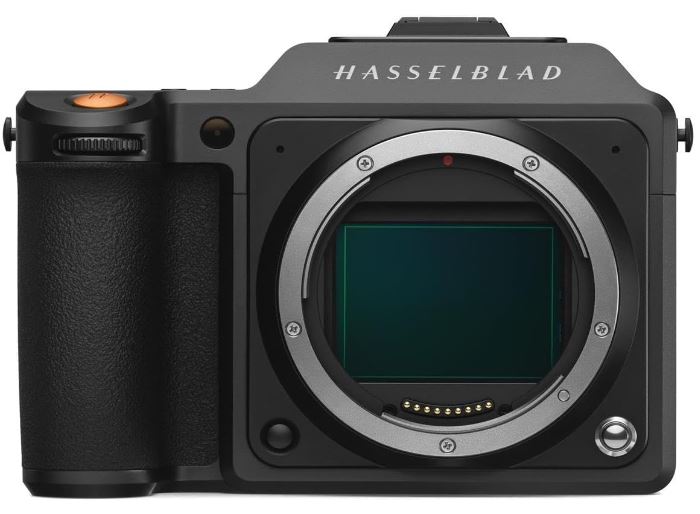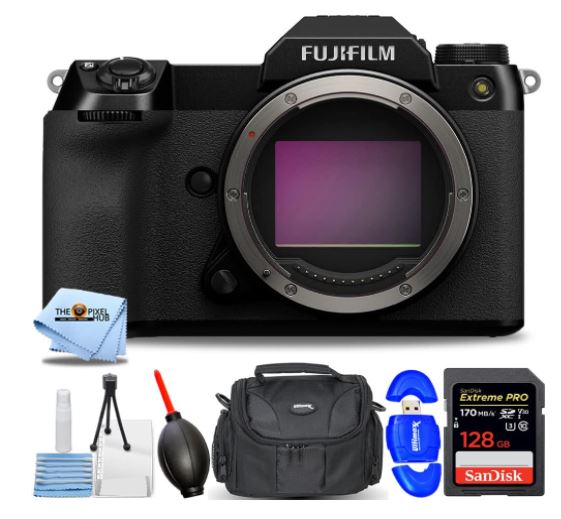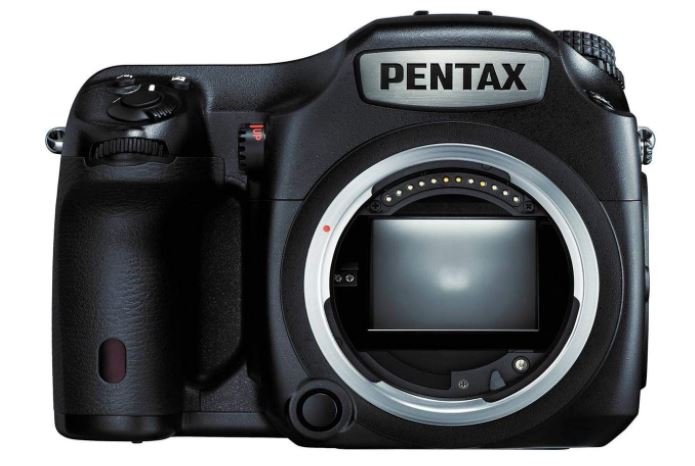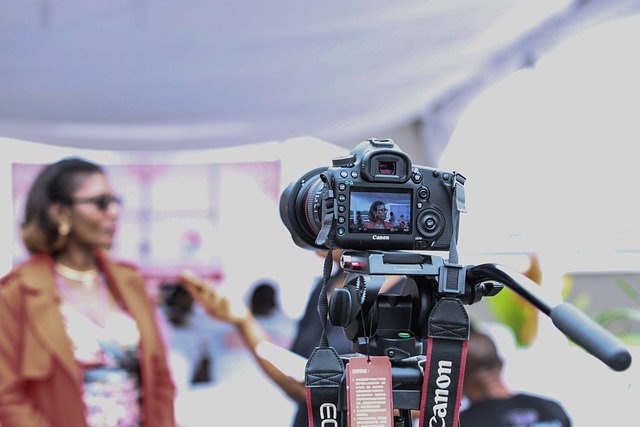Transitioning from a Digital SLR (DSLR) to a medium format camera can be a game-changer for photographers. The switch offers superior image quality, better detail, and a distinct professional edge. Here, we provide a comprehensive guide to ensure a smooth transition.
Keep reading: Edit Medium Format Photo
Understanding the Difference
| Image | Product | Price |
|
Our Pick
1

|
Hassel X1D |
|
|
2

|
Fujifilm GFX |
|
|
3

|
Pentax 6457 |

1. Image Quality and Sensor Size
The primary difference between DSLRs and medium format cameras is the sensor size. Medium format cameras have larger sensors, which allow for higher resolution and better image quality. The larger sensor captures more light, resulting in richer details and improved dynamic range.
2. Depth of Field
Medium format cameras offer a shallower depth of field, which is ideal for portrait photography. This can create stunning bokeh effects and more separation between the subject and background.
3. Lenses and Accessories
Switching to medium format may require an investment in new lenses and accessories. While medium format lenses are typically more expensive, they are designed to maximize the potential of the larger sensor.
Choosing the Right Medium Format Camera
1. Evaluate Your Needs
Consider what type of photography you primarily engage in. For studio and portrait photography, the Hasselblad H6D or the Fujifilm GFX 100S are excellent choices. For landscape photography, the Phase One XF IQ4 is highly recommended.
2. Budget Considerations
Medium format cameras are an investment. Evaluate your budget and prioritize features that are essential for your work. While brands like Phase One and Hasselblad offer top-tier options, Fujifilm provides more affordable alternatives without compromising quality.
Adapting to New Settings
1. Learning Curve
Transitioning to medium format involves a learning curve. Familiarize yourself with the new settings and functionalities. Spend time understanding the camera’s menu system, autofocus capabilities, and exposure settings.
2. Post-Processing Workflow
The files from medium format cameras are larger and more detailed, which may require a more robust post-processing workflow. Ensure your computer and software can handle large file sizes. Programs like Adobe Lightroom and Capture One are excellent for processing medium format images.
Maximizing the Benefits
1. Studio Setup
In a studio setting, medium format cameras excel. Utilize the higher resolution to capture intricate details in your subjects. Experiment with lighting setups to take full advantage of the dynamic range.
2. Outdoor Photography
The superior image quality and dynamic range of medium format cameras for outdoor and landscape photography can capture stunning scenes. Invest in sturdy tripods and weather-sealed lenses to protect your gear.
3. Portrait Photography
Medium format cameras are renowned for portrait photography due to their shallow depth of field. Use prime lenses to create sharp, detailed portraits with beautiful background blur.
Overcoming Challenges
1. Weight and Portability
Medium format cameras are generally heavier and bulkier than DSLRs. Consider this when planning shoots, especially for travel or outdoor sessions. Investing in a comfortable camera strap and durable carrying case can mitigate this issue.
2. Cost of Equipment
The initial investment in medium format gear can be high. However, the return on investment is significant for professional photographers. Look for deals on second-hand equipment or rental options to manage costs.
3. File Management
Managing large file sizes can be challenging. Invest in high-capacity memory cards, external hard drives, and consider cloud storage solutions for backup.
Tips for a Smooth Transition
1. Practice Regularly
Regular practice with your new medium format camera will help you become comfortable with its functionalities. Dedicate time to learning and experimenting with different settings.
2. Join Photography Communities
Engage with online forums and local photography groups. Learning from others who have made the transition can provide valuable insights and tips.
3. Attend Workshops
Workshops and tutorials specific to medium format photography can enhance your skills. Many camera manufacturers offer training sessions for their products.
4. Experiment with Different Genres
Experimenting with various photography genres can help you understand the full potential of your medium format camera. Try landscape, portrait, macro, and studio photography to see how the camera performs in different settings.
5. Patience and Persistence
Transitioning to medium format is a significant step. Be patient and persistent in mastering the new equipment. The results will be rewarding as you produce high-quality, professional images.
Conclusion
Transitioning from a DSLR to a medium format camera is a significant upgrade for any photographer. Understanding the differences, choosing the right equipment, and adapting to new settings are crucial steps. By practicing regularly and leveraging the benefits of medium format, you can elevate your photography to new heights.

